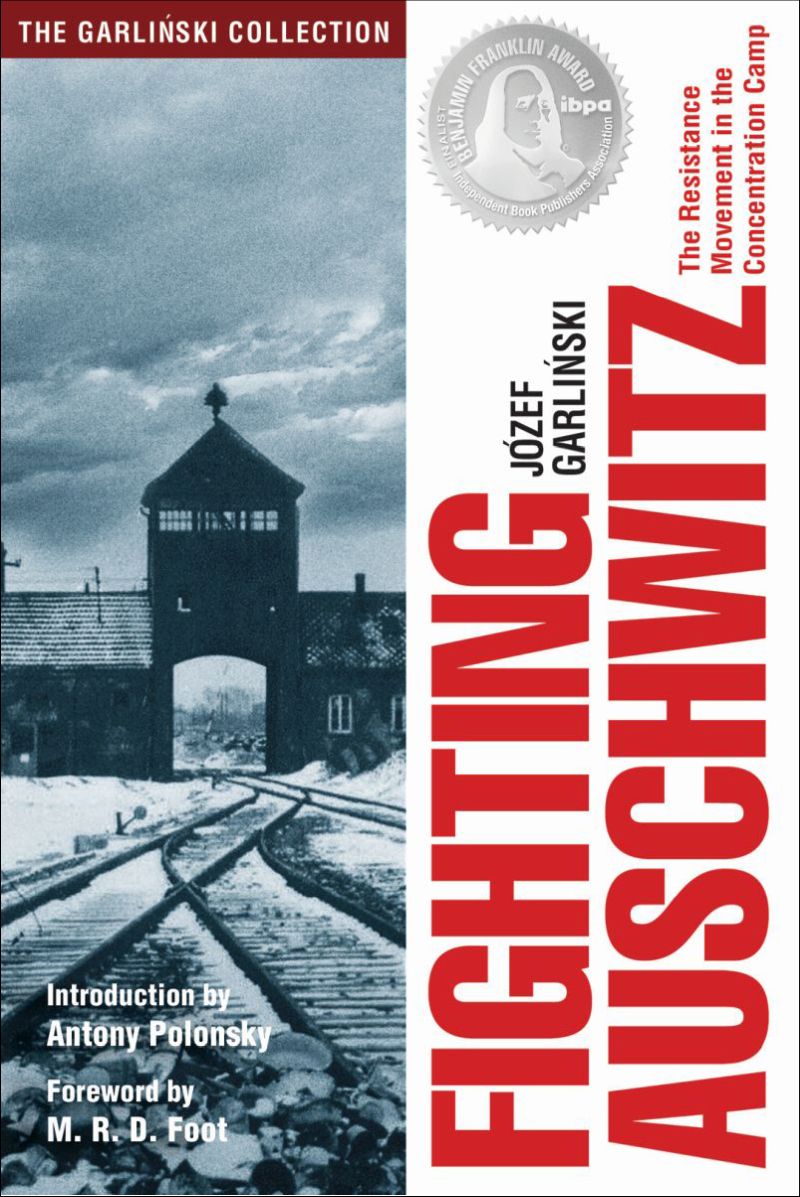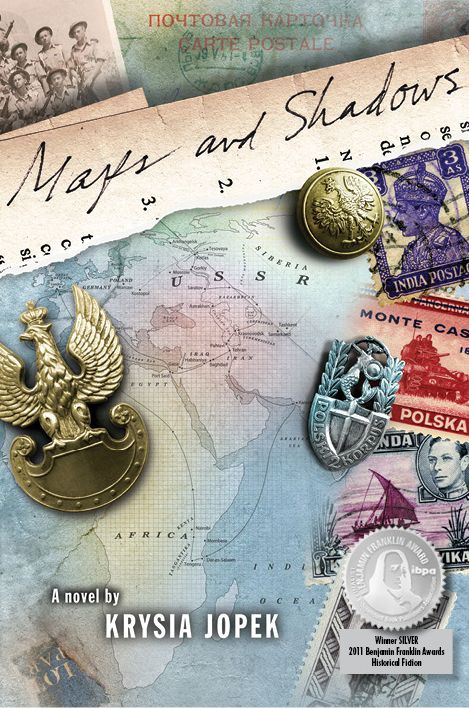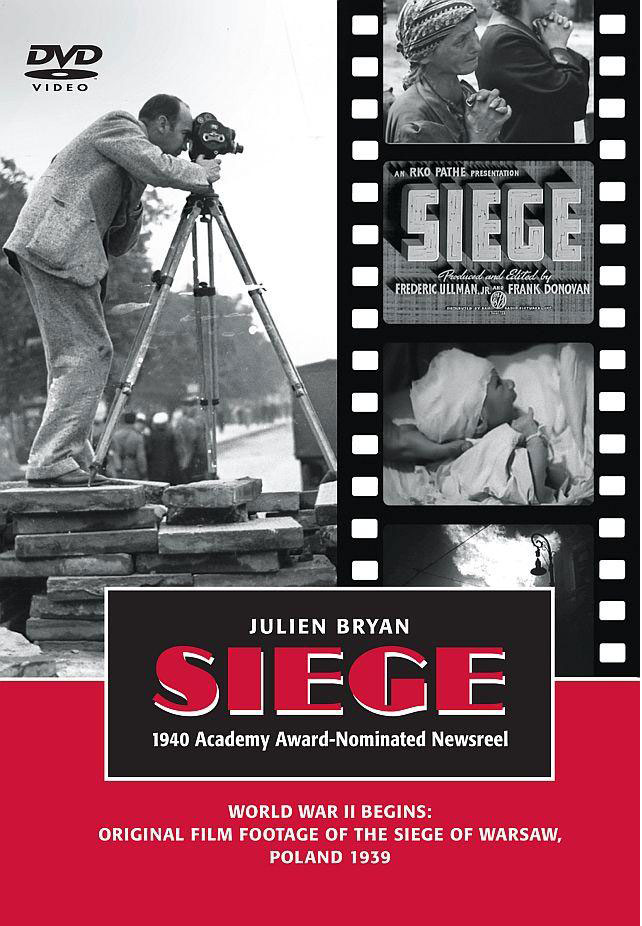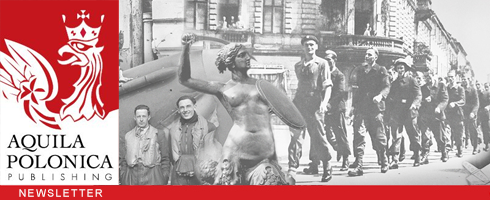May 17-18, 1944 – Victory at Monte Cassino!
This week marks the 80th anniversary of the Allied victory in the Battle of Monte Cassino — thanks to the tremendous effort of the men (and one bear) of the Polish II Corps.

From the Collection of the National WWII Museum 2002.337.524
Dug in at the hilltop monastery of Monte Cassino, elite units of German paratroopers ably controlled the surrounding hillsides and valleys to defend against Allied assaults. This formidable German stronghold guarded the route to Rome, stopping the Allied advance up Italy.
Beginning in January 1944, three attempts by different Allied units — American, British, New Zealand, Indian, Canadian, French and French Colonial — to take Monte Cassino failed. In April, planning a fourth attempt under the code name Operation Diadem, Allied Command asked General Władysław Anders, commander of Polish II Corps, if he would take on the job of capturing Monte Cassino.
Anders accepted the challenge. He had only two undermanned divisions to commit to the battle, the 3rd Carpathian and the 5th Kresowa, but he had faith in his soldiers — and he knew that they wanted revenge against the German enemy.
The first attack of Operation Diadem began the night of May 11/12, 1944. The Poles had to fight uphill over difficult terrain against the German fire raining down on them from atop the hill. The first Polish units to attack were all but wiped out.
The Poles pulled back, regrouped, and launched another attack on May 17. Battling their way up the hill, they fought tenaciously for every foot they advanced.


By 10:20 am on May 18, the 12th Uhlan Regiment raised the Polish flag above the ruins of the Monte Cassino monastery. Thanks to the Poles, the road to Rome was now open for the Allies.
The Polish II Corps paid a large price for their victory in this battle: about 1,000 killed, more than 3,000 wounded, and around 345 missing in action.

Czerwone maki na Monte Cassino (red poppies on Monte Cassino) is one of the best-known Polish military songs from World War II, written during the Battle of Monte Cassino. Some of the more poignant lyrics (translated): “red poppies on Monte Cassino, / Instead of dew drank Polish blood. / …. / And the poppies on Monte Cassino / Will be redder having quaffed Polish blood.” Lyrics by Feliks Konarski, music by Alfred Schütz.
This striking poster, by artist Stefan Mucha, uses the red poppies of Monte Cassino to honor the 4th Armored Regiment of the Polish II Corps, known as the Skorpions, which fought and bore heavy losses during the Battle of Monte Cassino.












No comment yet, add your voice below!